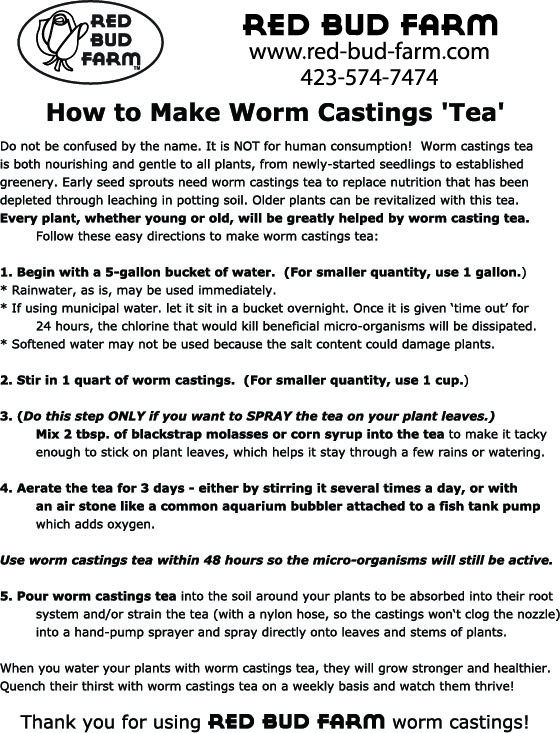


In order to enhance either of these groups in your worm/compost tea, you’ll need to add the right ‘foods’ during the brewing process.Īs I mentioned last week, the type of compost you use is also important.Īgain, worm castings themselves tend to have a bacterially-dominated group of microbes – whereas vermicomposts produced from high C:N mixtures (and still containing carbon-rich bedding types of materials) should contain a much larger fungal population than ‘pure’ castings.Īccording to an article in Worm Digest (Issue #21, 2001 pg 22), fungal food can include nutrients such as humic acids, fish hydrolyzate, and yucca, while bacterial foods include simple sugars like molasses, brown sugar, honey, maple syrup, as well as algal extracts and yeasts. Generally speaking, grass, annuals, and crops all grow best in bacterially-dominated soils – whereas trees, shrubs and perennials often prefer a soil with a greater fungal dominance. Of course, we are over-simplifying a vastly complex topic, but it’s a good place to start.

Remember, not all plants thrive in the same soil ecosystems.įor the sake of simplicity, it is helpful to think of plants as preferring either bacterial or fungal dominance. This not only potentially enhances the nutritional value of the end product, but also acts as a means of ‘feeding’ certain microbial groups – namely the ones you want to be dominant in your tea. Just as a quick recap, worm tea is created by soaking high quality vermicompost/castings in aerated (and de-chlorinated) water for a period of time.Īs I mentioned, it is also very common for compost tea practitioners to add additional nutrients to their tea blends while they brew. I was originally hoping to chat about how to use worm tea as well, but that will have to wait until next week. This week we’ll be talking in more detail about making tea. Last week I provided you with a quick overview of the topic of ‘worm (castings) tea’.


 0 kommentar(er)
0 kommentar(er)
